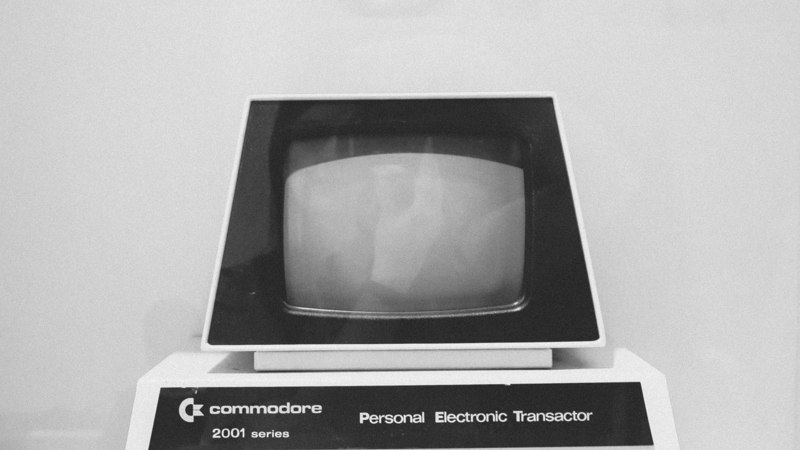
Would a new CRM system mean that staff could sell customers new products, or would customers just get annoyed and leave? Was the whole thing a white elephant?
The Challenge
A high street bank was planning to spend £10m+ on a new CRM system to prompt staff to sell different products to customers.
The bank asked Frontier to look at the extent to which the proposed CRM system would deliver the desired result, i.e. extra spend on additional products by customers.
Frontier and the client knew that creating profitable customer relationships involves significant spend but results aren’t always what everyone hopes. In a market where customer switching is driven as much by push factors than pull factors it was crucial for Frontier to uncover what would lead to great results.
The solution
Frontier brought a fresh perspective to the issues and encouraged the team to take a step back and ask “What do you need to do to understand why people buy?”
Frontier helped develop a more focused programme of customer research that highlighted key points of annoyance and attraction. Combining this with statistical analysis of sales data, Frontier showed that the proposed CRM system could increase strike rates but also posed a significant risk of increasing rates of churn among some of the most profitable customers.
For this reason spending money on the new system was actually counterproductive and would not result in additional customer spend.
The outcome
The bank reversed its decision to invest in a new CRM system, saving £10m+ and unmeasured management and training time. Instead the bank implemented a series of new service initiatives, informed by a more focused set of customer insights.
These resulted in substantial improvements in both product sales and customer retention, with no net increase in research or marketing spend.



